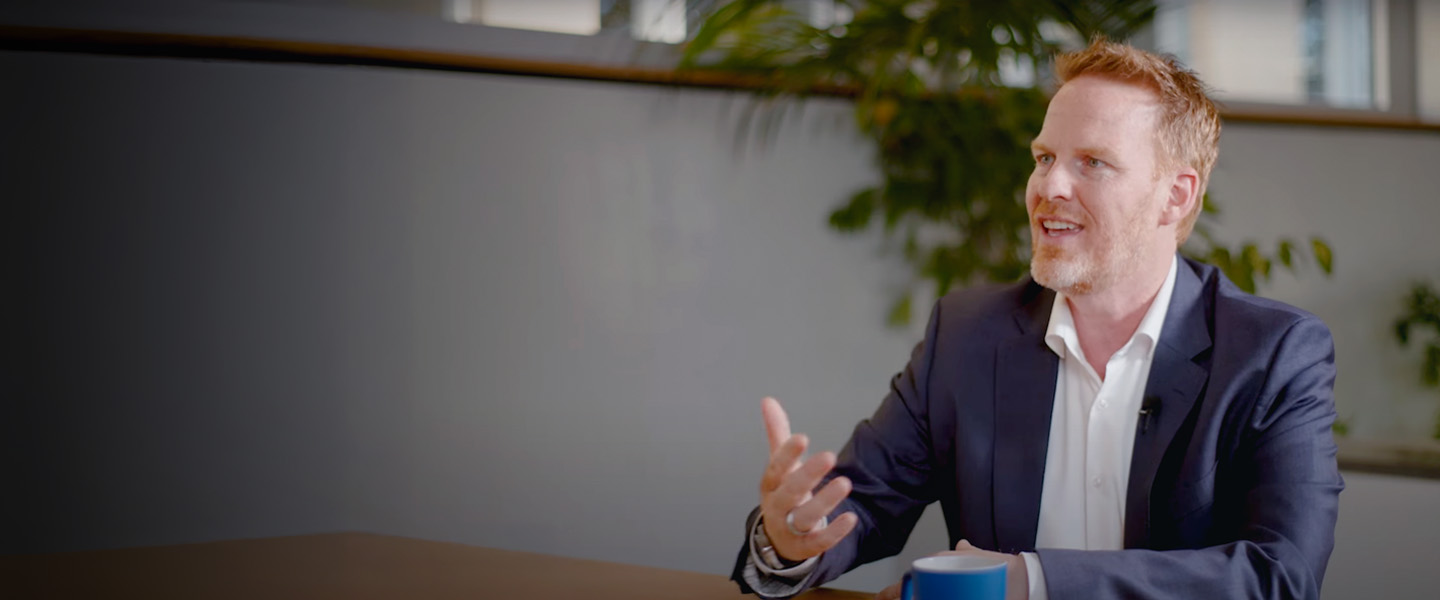
From problem-solver to agenda-setter
Leaders can rise through the ranks on the strength of their problem-solving skills. But once at the top, a business leader needs to focus less on fixing problems and more on setting the agenda for what the organization should be doing.
When functional leaders are exercising their skills at problem solving, they are mostly reacting to priorities set by business leaders. Organizations, however, can face a legion of problems, and it is up to these business leaders to decide which to focus on and when. The buck stops with them.
This switch from “problem-solver” to “agenda-setter” is the fifth of the seismic shifts experienced in the transition from functional to business leader, which we have been discussing in this series of articles.
Act like a lens
The business leader acts as a focusing lens for the organization, ensuring that attention is trained on the right problems and priorities so that the organization’s energy is deployed in the most effective way.
Setting the agenda for an organization, and mobilizing people to carry it out, is hard work.
First, business leaders must understand what the crucial issues are, meaning the three or four vital things to focus on. This means being deeply in tune with the business and the competitive, regulatory and public environments. Once they are clear in their minds on the right choices—and that is very challenging—they must have the discipline necessary to drive key decisions and line up the organization behind the priorities.
Effective agenda setting involves gauging people’s readiness to act on the priorities. It also requires the emotional intelligence to seek the right advice and gather together a good counsel network against which the business leader can test ideas and refine agendas.
An agenda-setter must identify and prioritize challenges and communicate them in ways that the organization can respond to. He or she must be able to initiate change and create an organization that reacts effectively to shifts in the environment and “shapes the game” better than competitors.
On taking over the reins of power, a new business leader typically will need to focus more than previously on the external environment of the company, not just customers and competitors, but also regulators, the media and the public. This is only natural, and it is something the next article on organizational diplomacy will cover in more detail. But it is important not to lose sight of the internal environment. To set clear agendas and priorities and drive change, the new business leader must have a good understanding what is going on both externally and internally.
Situation-specific
How long can a new leader take to set the organization’s priorities? The answer is probably not too long, although it depends on the type of challenges being faced because setting priorities is situation-specific.
If a new leader faces a turnaround environment, then he or she will need to be like a laser beam in figuring out what is wrong. Quick action will be needed, whether it is changing a team or closing down operations that are not working.
But if the situation is one of realignment or sustaining success, then a new leader will be well advised to go more slowly. Like a doctor with a patient, the first requirement is to do no harm. A new leader does not want to rush into anything that could damage a business that is functioning pretty well.
However, no new leader can let too much time go by before setting an agenda. Three months is not a bad benchmark. After that, people in the organization may start to feel that the new boss does not have a clear sense of direction or priorities, and they will start to get nervous.
Michael D. Watkins is Professor of Leadership and Organizational Change at IMD. He co-directs Transition to Business Leadership, a program designed for experienced functional managers who either have recently transitioned or will soon transition into a business leadership position.
SEVEN SEISMIC SHIFTS is a trademark of IMD – International Institute for Management Development.
Research Information & Knowledge Hub for additional information on IMD publications

Audemars Piguet CEO Ilaria Resta leads with circular leadership—blending tradition, innovation, and empathy to reshape the future of Swiss luxury.

Business schools must champion values-led leadership as companies retreat from DEI. Now’s the time to stand firm and lead by example, says David Bach.

Understanding the 4 types of responsible leader helps you blend styles, avoid pitfalls, and meet challenges while managing stakeholder expectations effectively.

Geopolitical turmoil and its workforce impact demand a systems thinking approach from CHROs, argue IMD’s Katharina Lange and Simon Evenett.

This episode takes you behind the scenes of a recent gathering led by the World Business Council for Sustainable Development together with IMD, where David Bach sat down with two sustainability leaders.

All organizations should have a plan to secure trust during, after (and even before) a crisis hits. Here are a host of examples, good and bad, to learn from.

Tired teams, wasted weekends, and unread reports—here are 7 ways to restore morale and reignite performance. Avoid unnecessary reporting and non-essential tasks.

The Handtmann case examines the co-CEO leadership model in the context of family business. Based on interviews with three key executives – the co-CEOs and the President of the Advisory Board – the case focuses on how Handtmann handled the leadersh...

The 7 shifts you need to make to lead in a turbulent world for acuity and inner rootedness. Grounded Edge Leadership.

Anxiety can sharpen focus, but if it impacts your well-being or leadership, it’s worth a check-in. These helpful questions may help you reflect.
Research Information & Knowledge Hub for additional information on IMD publications
Research Information & Knowledge Hub for additional information on IMD publications
in I by IMD
Research Information & Knowledge Hub for additional information on IMD publications
Research Information & Knowledge Hub for additional information on IMD publications
Research Information & Knowledge Hub for additional information on IMD publications
in I by IMD
Research Information & Knowledge Hub for additional information on IMD publications
in I by IMD
Research Information & Knowledge Hub for additional information on IMD publications
Research Information & Knowledge Hub for additional information on IMD publications

The Handtmann case examines the co-CEO leadership model in the context of family business. Based on interviews with three key executives – the co-CEOs and the president of the advisory board – the case focuses on how Handtmann handled the leadersh...
Research Information & Knowledge Hub for additional information on IMD publications
Research Information & Knowledge Hub for additional information on IMD publications

